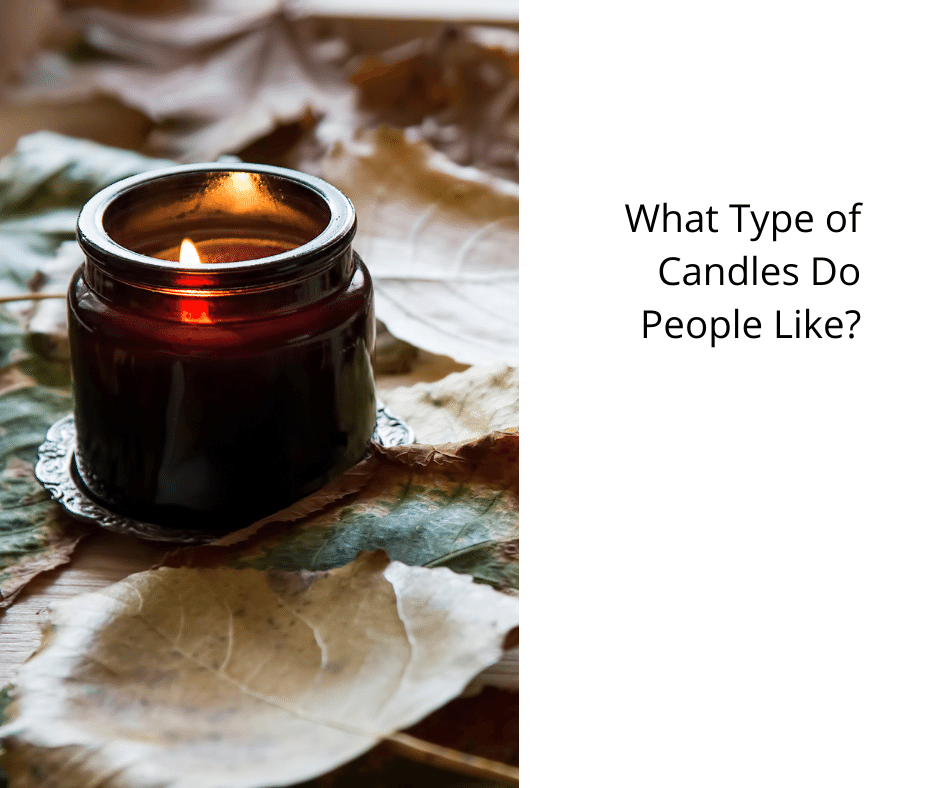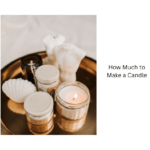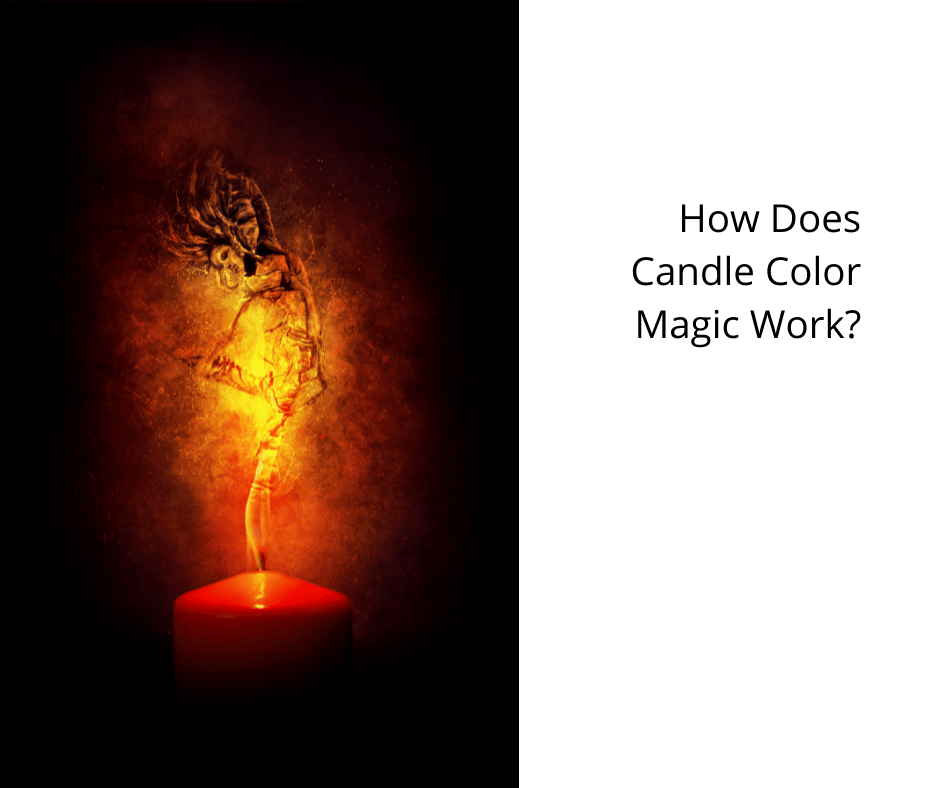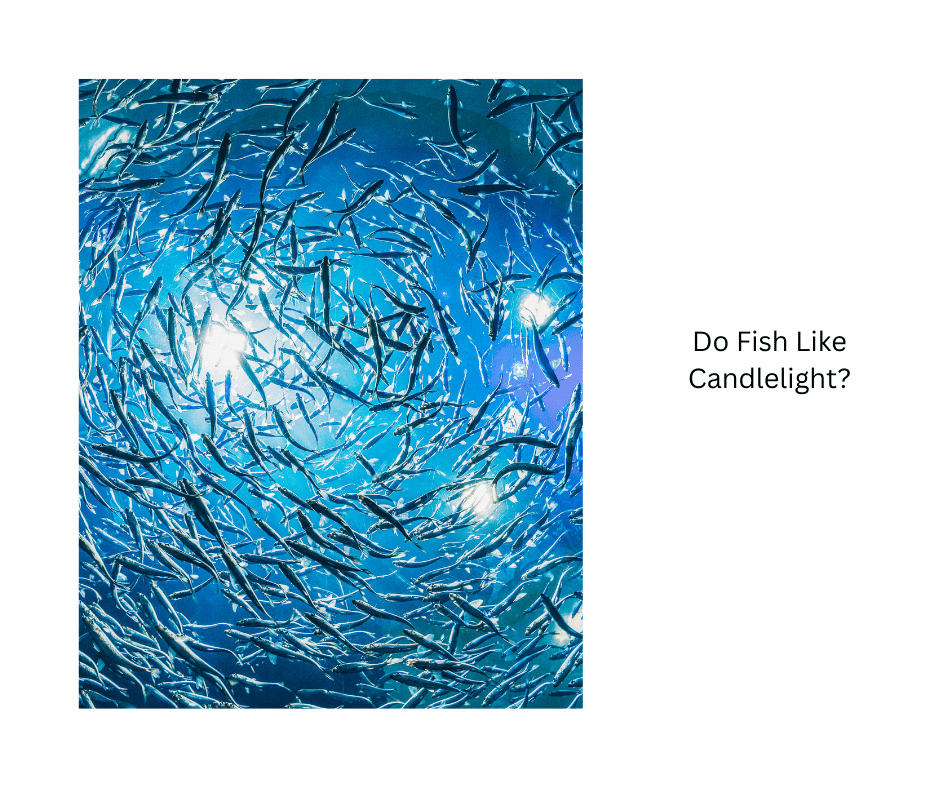The market provides a range of candle options such as scented candles, luxury candles, and eco-friendly candles. Choosing the right candle depends on personal preference, budget, desired scent strength, and environmental factors. Each category has its own pros and cons. Moreover, the type of wax blend you choose will affect the overall quality of your candles.
Luxury candles
If you’re looking for the perfect way to relax in the evenings, try a luxury candle. These candles are often scented with a unique combination of scents. Luxury scents are often created over many years with great care and attention. Candles from Cire Trudon, for example, have up to fifteen different essential oils in each blend to create the top, middle and base notes. Luxury candles from Diptyque can take up to six years to create their signature scent.
Luxury candle companies spend a lot of money on packaging. They use high-quality materials and intricate geometric shapes to distinguish their candles from the competition. This helps customers recognize luxury candles as a classy gift. They also invest in meaningful storytelling elements to help build anticipation for the candle inside.
Scented candles
There are many types of scented candles, each with a different scent. Scented candles can be made of soy wax or paraffin wax. They vary in size and burn time. Choosing the right type for your needs is important. A shorter burn time is ideal for bathrooms and guest bedrooms, while a longer burn time is ideal for common areas.
The scented candle market has become a huge business. The NPD Group estimates that scented candle sales in the UK will increase by 12.5% by 2022. Retailers such as John Lewis reported an increase in sales recently due to the popularity and appeal of their own-brand candles.
Soy wax candles
Soy wax candles are eco-friendly and more environmentally friendly than their paraffin wax counterparts. They are biodegradable, have a longer burning time than paraffin wax, and can be recycled. They can also be re-used to store cotton balls and bobby pins. They come in many scents including amber, tobacco, sandalwood rose and teakwood.
Soy wax candles are eco-friendly because they use soybean oil instead of petroleum-based paraffin. And since they come from soybeans, they are a renewable and biodegradable source of energy. Hand-poured soy candles are a great way to support local farmers and ensure a clean burn. In addition to these benefits, soy candles do not detract from air quality.
Paraffin wax candles
Paraffin wax candles are one of the most popular types of candles available. This wax is able to hold a large amount fragrance. It also allows for a stronger scent throw. It is available in a variety of grades and is easy-to-form into containers or votives. It can also be used in glass containers and tins.
Regardless of the type of wax used, paraffin candles release some chemicals into the air. These can be harmful when inhaled in larger amounts, but most waxes are perfectly safe under normal conditions.
Beeswax candles
The eco-friendly beeswax candles can be considered natural and organic. They have a natural scent and can release no toxic toxins. This is a significant feature because they can be used around children and pets. Beeswax candles also have a long burn time of more than four hours, and they fit into just about any tea light candle holder.
Paraffin candles are not as healthy as beeswax candles. Not only are they safer for the environment, but they also support beekeepers. Beeswax candles are made from honeycomb that is harvested without hurting fuzzy honeybees. Beeswax candles are known for their sweet and floral scent.
















